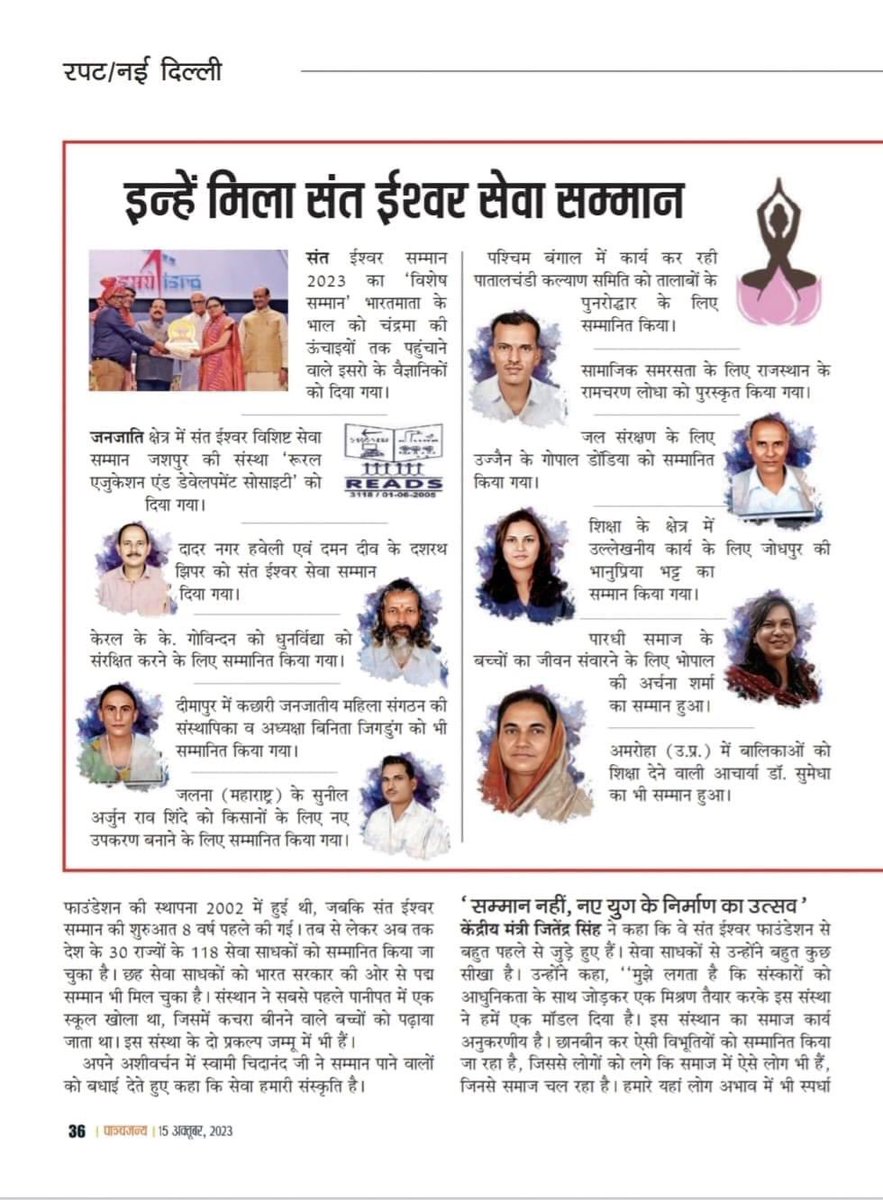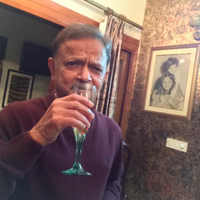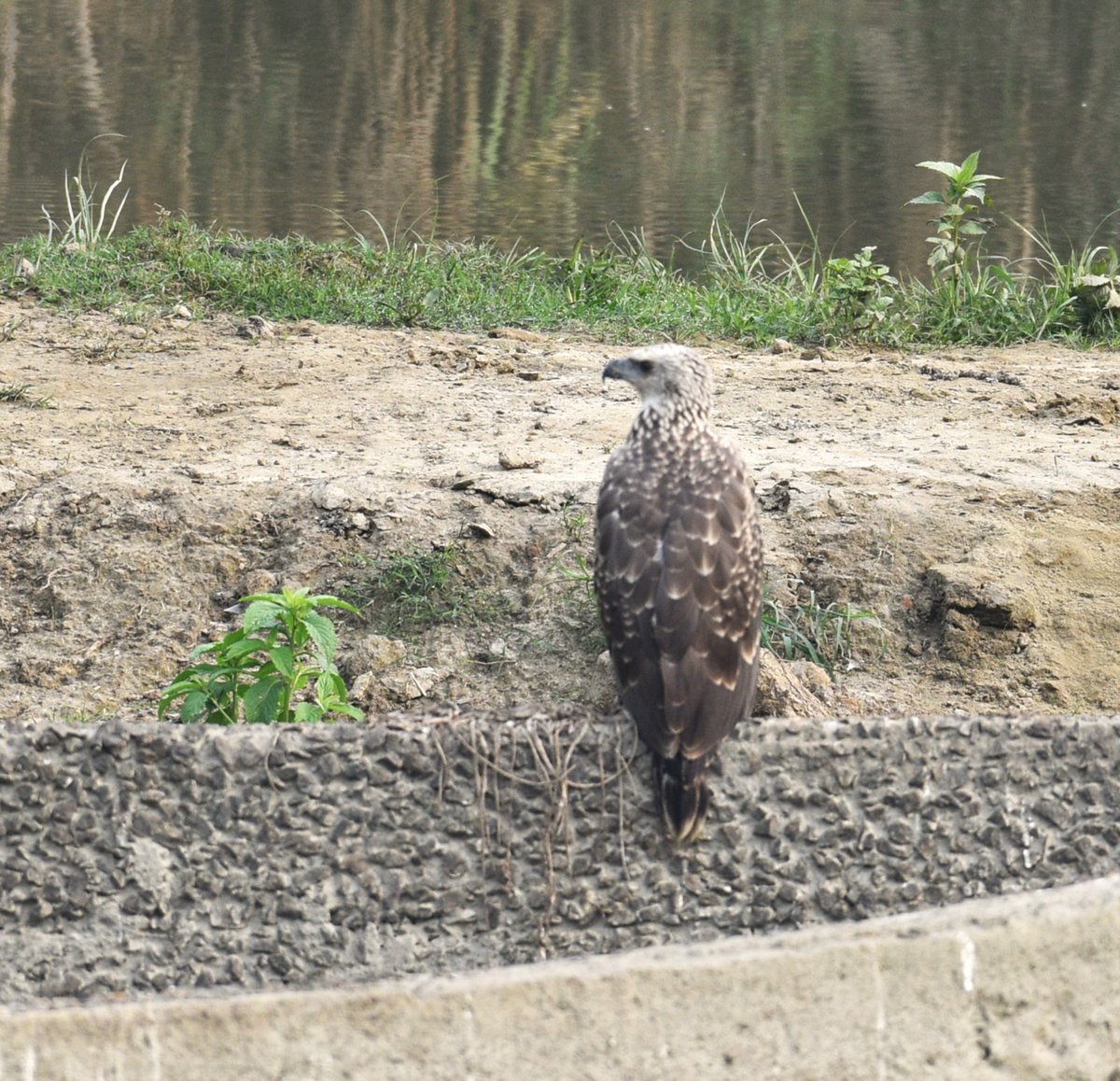
Let’s unite to plant more trees & nurture their growth to keep #endangeredspecies & the whole #environment greener & healthier.
#WorldEnvironmentDay
#forestowlet Prachi Mehta @wildwise David Lei Mohan Pargaien IFS🇮🇳 Susanta Nanda Nikon UK & Ireland #indiaves #owls RSPB #ThePhotoHour #nikoncreators


So excited to have designed these t-shirts for Prachi Mehta @wildwise for Student Conference on Conservation Science-BNG. Be sure to check them out if you're around!
#Tigers #owls #wildlife #conservation



इस वर्ष का संतईश्वर सम्मान मुझे मिला पर्यावरण की लिए मेरे लिए गर्व का विषय है🍀🌿🌱🙏
RSS Gopal Arya MoEF&CC Bhupender Yadav (मोदी का परिवार) Brajesh Kumar Mishra, IPS द बेटर इंडिया (The Better India - Hindi) United Nations in India Dr. Heera Lal IAS advisor Model Gaon Narendra Modi Down To Earth Erik Solheim Organiser Weekly The Wire Prachi Mehta @wildwise Yogi Adityanath (मोदी का परिवार)


Prachi Mehta @wildwise Aves del mundo IndiAves Nat Geo India The British Nature Guide Bird Watching Asia Nature inFocus Red RedIndia Birds of India BBCWildlifeMagazine indianBIRDS eBird Bird Photographer INDIAN BIRDS Asian American Birders Sanctuary Asia Saevus Wildlife Nat Geo Photography I see birds everywhere :P


When you hear a deep moan and catch purposeful arrow like green flight in dense forest, you know who just few past! This male emerald dove with brown complexion, shiny gray cap and bright emereald wings did just that!
IndiAves The British Nature Guide Birds of India BBC Wildlife


Many moods of the Indian Giant Squirrel. Such a pleasure watching them.
#wild Indian Wildlife Official 🇮🇳 giantsquirrel IndiAves BBC Wildlife



youtube.com/watch?v=ehsmHS……
Prachi Mehta @wildwise #elephant #ecology #conservation #biodiversity #BiodiversityCrisis #wildlife #WildlifeSOS #wildlife conservation #IndiAves IndiAves #nature

A tiger reserve not only supports the majestic big cat but also the cute forest owlet rediscovered after 113 years. Read why Prachi Mehta @wildwise wanted to study it in Magical Melghat and other areas. #Melghat National Tiger Conservation Authority MoEF&CC Mohan Pargaien IFS🇮🇳 Ramesh Pandey shorturl.at/wEO47


Shades of Blue but with a difference. Indian Roller (left) and Indochinese Roller (right) are now distinct species. The latter was first collected from Kaziranga in 1840. It still rules the sky there.
IndiAves Bird Watching Asia The British Nature Guide


WRCS_India The British Nature Guide Indian Wildlife &Enviornmental Update(private a/c) Bird Watching Asia Birds of India Rocky Singh Nature and Wildlife Conservation Indian Wildlife Official 🇮🇳 SGR Wildlife Photography Himalayan Birding Nature inFocus Nature India Bird Count India eBird The Nature Conservancy Prachi Mehta @wildwise 👌

Prachi Mehta @wildwise Indian Wildlife Official 🇮🇳 giantsquirrel IndiAves BBC Wildlife SAGE- Stripes And Green Earth Foundation Saevus Wildlife Giant Squirrel Ltd NatGeo India Animal Planet Discovery Sanctuary Asia Explore Wild India Magazine indian wildlife conservation While you enjoy the rare ones in the wild, I enjoy seeing and feeding a cute pair of squirrels that visit my third floor bedroom window in the heart of Mumbai city every day!


#Rewilding restores landscapes that have lost historic faunal diversity and numbers due to various factors. Prachi Mehta @wildwise Raza Kazmi Rewilding Portugal MoEF&CC National Tiger Conservation Authority #Rajasthan #Uttarakhand Saket Badola
tehelka.com/restoring-land…



How many of you have seen one of the very rare Forest Owlet. It was rediscovered after many decades from Teak dominated forests of Central India? Lovely photo Prachi Mehta @wildwise





